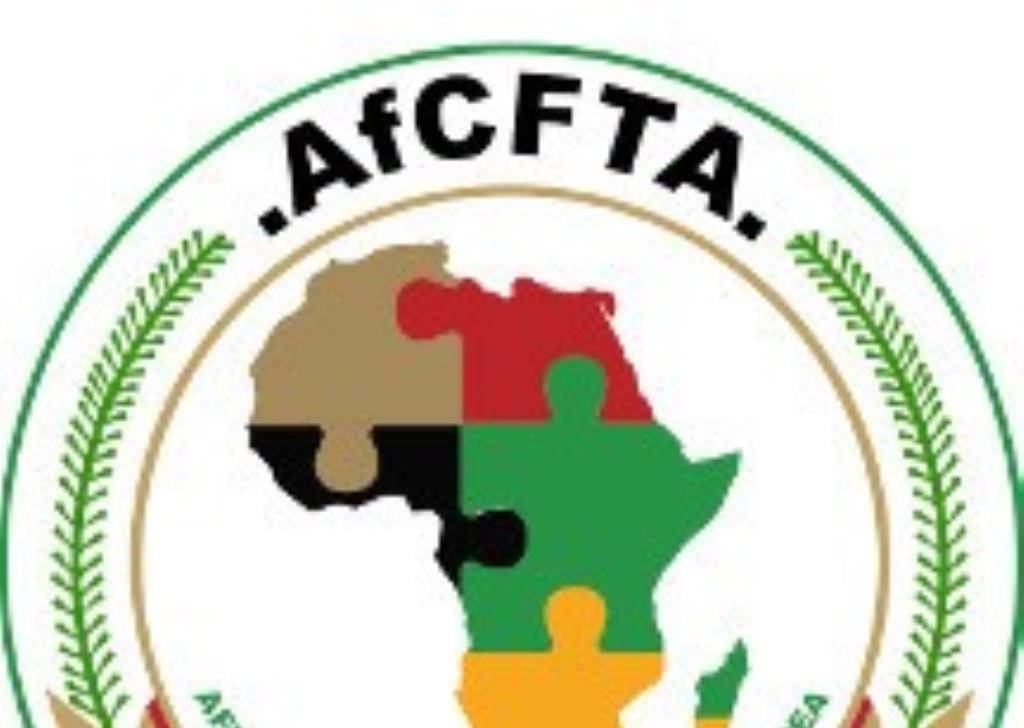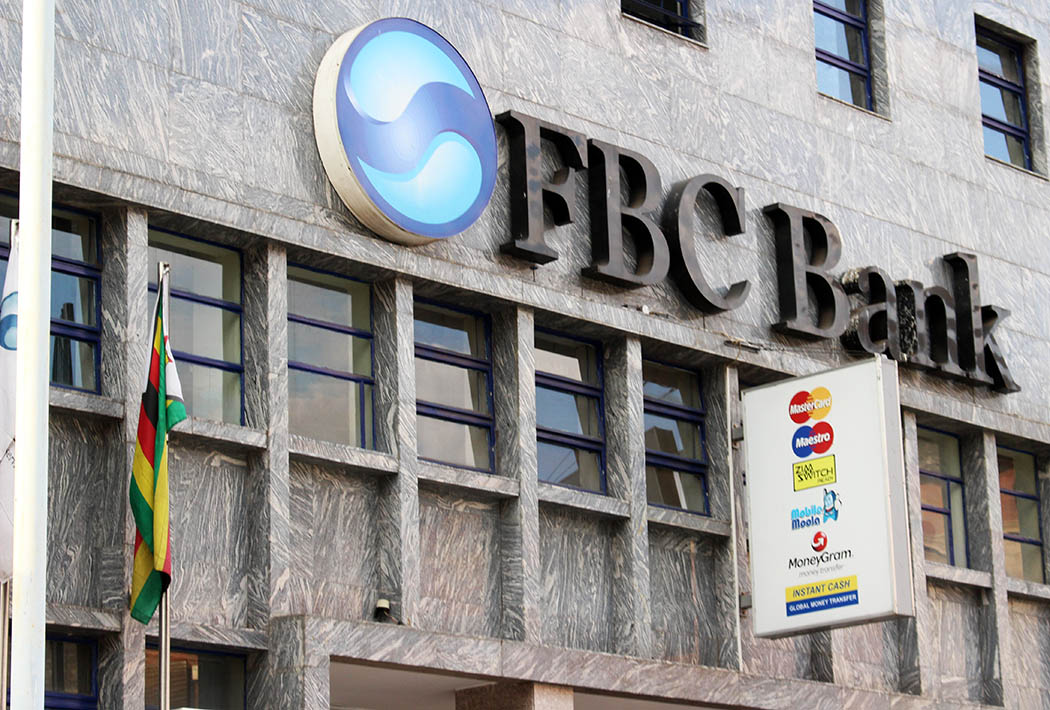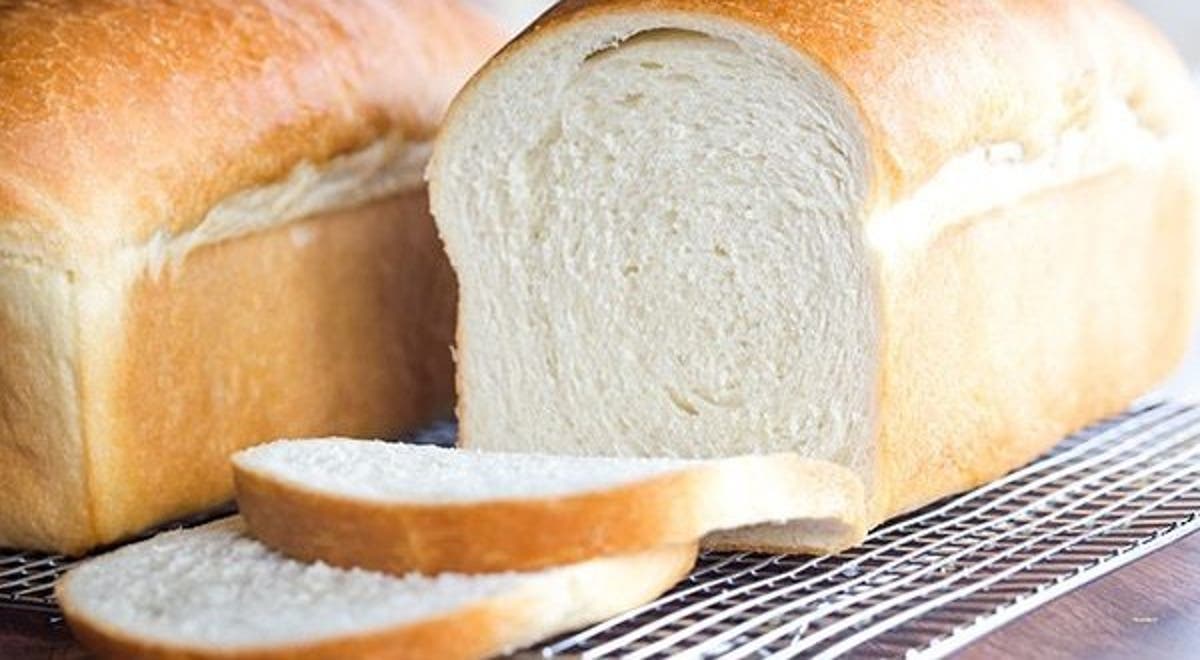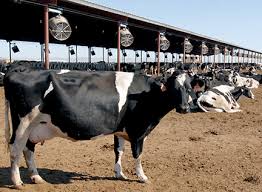Dairy industry under threat
RISING costs, which are accounting for 70% of total expenses, are threatening the sustainability of Zimbabwe’s dairy industry, NewsDay Business has learnt.
The cost of feed stock largely accounts for total expenses.
Zimbabwe Association of Dairy Farmers (ZADF) chief executive officer, Paidamoyo Chadoka said local dairy products were uncompetitive due high production costs, which has resulted in cheap dairy products from neighbouring countries, particularly South Africa, flooding the market.
“Zimbabwe lacks competitiveness due to the unsustainably high cost of production compared to regional counterparts,” she said.
“Our cost of production is mainly driven by stock feeds costs, labour and cost of power, critical components which are too high when compared to other countries.
“The producer price of milk per litre in Zimbabwe averages US$0,60 compared with an average price of US$0,40 per litre in South Africa, US$0,36 in Zambia, US$0,50 in Botswana and a world average of US$0,46 per litre.
“The high-cost environment pushes our producer prices to be among the highest in the region. At this price most farmers are struggling to break even. The high costs of feed also compromise our milk yields significantly when compared to other regional players.”
She said ZADF has launched a nationwide artificial insemination initiative aimed at improving the nation’s dairy cow population and milk production.
The programme seeks to elevate milk output to meet the country’s increasing demand. The programme is in collaboration with key development partners such as We Effect under an International Monetary Fund project.
ZADF says Zimbabwe recorded a 9% surge in milk production to 99,82 million litres in 2023 from 91,39 million litres the previous year. However, the country’s annual milk requirement hovers around 120 million litres, and imports are currently bridging the gap.
Chadoka highlighted the association’s efforts to make semen available at subsidised rates.
She emphasised that artificial insemination was an efficient method to boost dairy cattle herds, noting that ZADF was targeting all farmers, including beef producers interested in dairy genetics.
“ZADF is working with all dairy farmers and some beef farmers who are willing to take up dairy genetics across the country,” she said.
“ZADF is targeting farmers in the traditional milk producing regions as well as greenfield regions taking up milk production for the first time.”
While the prevailing El Niño-induced drought has also severely affected the country’s dairy sector, recent data from the Dairy Services Department, has, however, revealed a 21% increase in milk production during the first quarter of 2024, compared to the same period last year.-newsday










